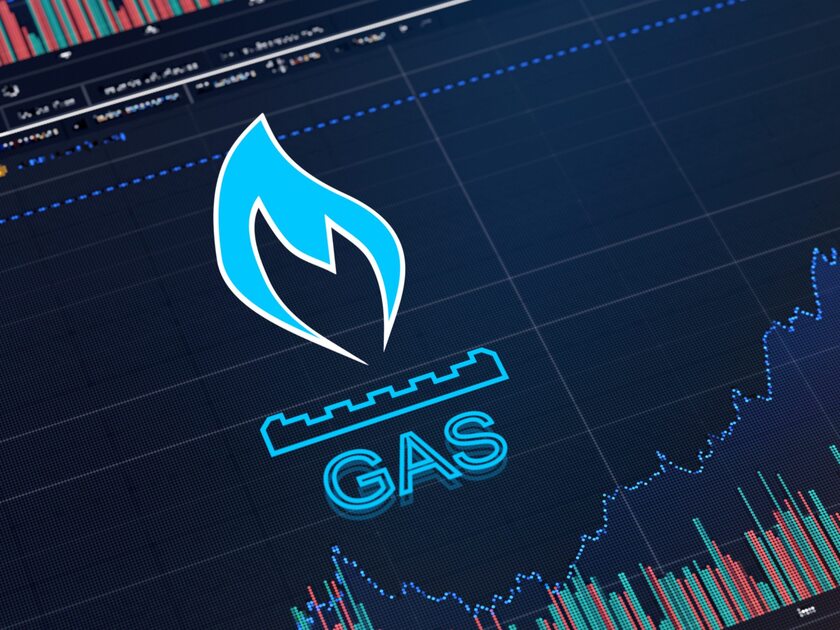In the long journey natural gas takes from beneath the surface of the Earth to your facility, energy markets play an important role. At one time, natural gas production, transmission and delivery were all bundled together, with prices set by regulatory bodies. With deregulation, competitive suppliers began buying and selling natural gas on the open market. Natural gas became a commodity, subject to supply and demand. Over time, markets evolved to facilitate these transactions. Natural gas markets help control prices and ensure the availability of fuel supplies.
Natural gas as a commodity
Natural gas is sold as a commodity similar to wheat or copper. Commodity markets are inherently volatile, with prices rising and falling regularly. Natural gas is no exception.
The price of natural gas is set by market forces. Players in the energy markets buy and sell natural gas based on supply and demand, which is influenced by a number of factors. One major factor is weather. Prices typically rise during winter as the demand for natural gas increases for use in space heating. Temperature fluctuations throughout the heating season can impact prices on a daily or even hourly basis.
Types of markets
Natural gas is priced and traded at various market hubs. There are more than 30 such hubs throughout North America, located at intersections of major pipelines. Billions of British thermal units (Btu) are bought and sold daily at these hubs. Prices vary at different locations, depending on regional weather patterns, local production and storage capacity.
The main market hub in the United States is the Henry Hub in Louisiana, which is located near major gas processing facilities and at the intersection of nine interstate pipelines. This hub is the major price point for natural gas.
The natural gas industry has two types of markets:
- The spot market is the daily market where natural gas is bought or sold for immediate use; this is the best place to obtain information about the current price of natural gas.
- The futures market is where natural gas is bought and sold on contract for up to three years in advance.
Futures trading takes place at the New York Mercantile Exchange (NYMEX), where other commodities like crude oil are also traded. Price is based on delivery at the Henry Hub, although some futures contracts are traded based on price differentials between the Henry Hub and other natural gas market locations. Traders use hedging, which involves tools such as futures contracts or options, to reduce the risk of volatility on the market and to insure against drastic price changes.
Buyers and sellers
Since the deregulation of the industry, natural gas is now sold directly from wellhead producers to buyers. There are three major players:
- Local distribution companies (LDCs) are natural gas utilities selling directly to customers on the retail market.
- End users are large-volume buyers, such as manufacturing companies and power plants. Check with your LDC to see if you qualify for spot or futures market prices.
- Energy marketers or brokers play a significant role in the natural gas supply chain and are mainly involved in selling natural gas.
Marketers are sometimes affiliated with LDCs, natural gas producers or pipeline companies. Many, however, are independent companies focusing specifically on natural gas and other energy markets.

